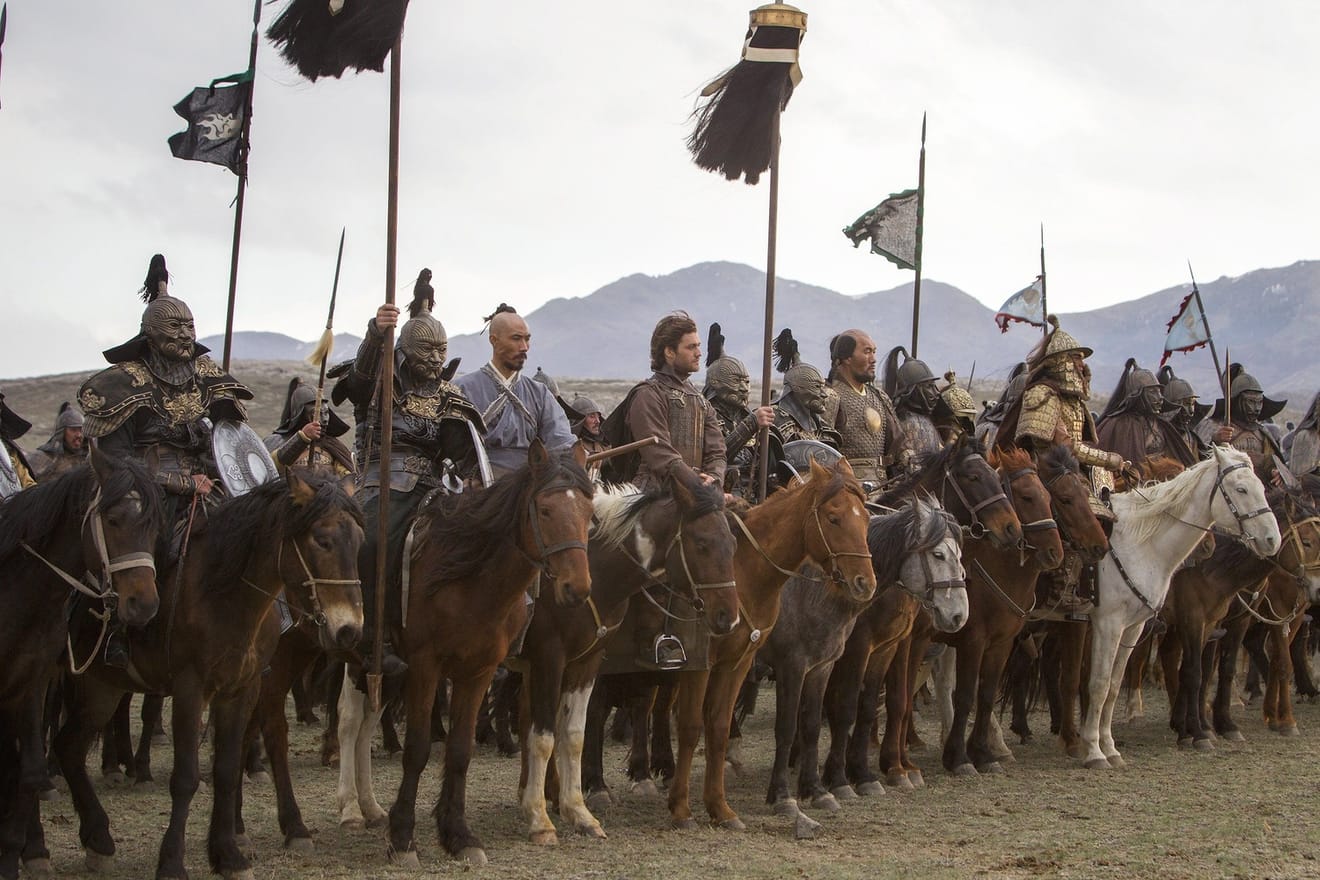Subject
- #Marco Polo
- #Netflix
Created: 2024-01-24
Created: 2024-01-24 14:44
In the mid-13th century, the Eurasian conquest initiated by Genghis Khan reached its zenith during the reign of his grandson, Kublai Khan. The Mongol Empire expanded eastward, conquering Korea, and westward, plundering Poland and reaching the Mediterranean Sea.
When the Mongol Empire's influence extended as far as Constantinople, the capital of the Roman Empire, the Pope in the Vatican felt threatened. He sent a message to Kublai, urging him to submit to God, to which Kublai retorted, ‘My continued victories are proof of divine favor.’
However, the Polo family, Venetian merchants, seem to have perceived this as an opportunity. Niccolo Polo, accompanied by his son Marco, traveled to Khanbaliq (Qanbaliq), the capital of the Mongol Empire, during this period. Subsequently, Marco served as an official under Kublai for 17 years. Upon returning to Venice after concluding his Mongol service, Marco published the bestseller, ‘The Travels of Marco Polo’ (東方見聞録).

Marco Polo Promotional Image
This original series, released by Netflix in 2014, is based on Marco Polo’s ‘The Travels of Marco Polo’. The series received a low rating of around 30% on Rotten Tomatoes (though audiences have been more positive), and Netflix ended the series after season 2. This was likely due to the failure to achieve viewership numbers commensurate with the enormous production costs.
Nevertheless, viewers from Asia might find it entertaining to watch Anglo-American depictions of medieval East Asia. This series depicts some of the most significant events of 13th-century East Asia. In the series, Marco Polo collaborates with Muslim mathematicians to develop siege weapons, which Kublai Khan utilizes to destroy the Song Dynasty of China.

Marco Polo Still
The collapse of the Song Dynasty, a quintessential Chinese dynasty, symbolized the complete reshaping of the Asian international order under Mongol dominance. Asian viewers would naturally be reminded of the events that transpired in their respective countries during this period. The Goryeo Dynasty of Korea joined forces with Kublai Khan, and Kublai launched an invasion of Japan. He also attempted to conquer Vietnam to the south.
The visual representation is also impressive from the perspective of Asian viewers. This series faithfully recreates 13th-century East Asian civilization. The Southern Song Dynasty is depicted with officials wearing the traditional danryeong (團領) and gwanmo (冠帽) worn during the Song Dynasty, and the Mongols are shown with their distinctive braided hairstyles and nomadic customs. The series also portrays other ethnic groups present in Asia at the time, such as the Jurchen, paying tribute to the Mongol Empire.

Song Dynasty Imperial Palace Appearing in Marco Polo
However, the series also exhibits a severe degree of Orientalism. Several martial arts experts appear throughout the series, and their appearances invariably create scenes that are unrelated to actual 13th-century Asia. In particular, ‘Jia Sidao’ (賈似道), a powerful official of the Southern Song Dynasty, is portrayed as a martial arts master in this work. Anyone familiar with the nature of medieval East Asian civilization’s aristocrats and Confucian scholars would find this setting incredibly ludicrous.
Despite this, the series is likely to pique the curiosity of East Asian viewers. Notably, Korean and Japanese TV series often struggle to accurately portray medieval or ancient cities due to budgetary constraints. Even Korean TV series set in the 4th to 7th centuries feature 18th-century traditional houses. For such Asian audiences, simply witnessing Hollywood’s portrayal of medieval Confucian civilization with its resources and technology would be a valuable experience.
Comments0